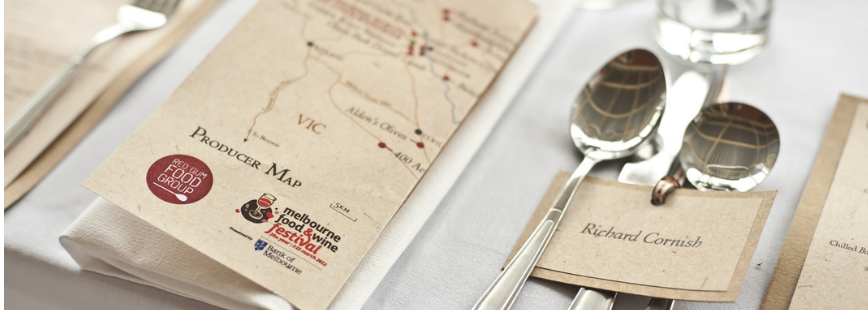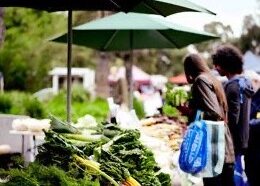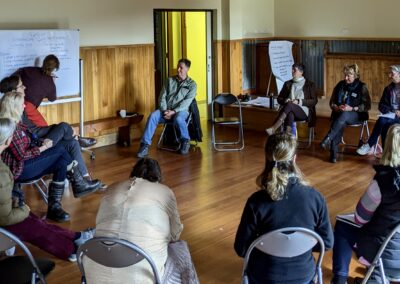Model
Collaborative Marketing
Collaborative Marketing is the process of sharing resources to attract more customers and to build a shared brand/identity that is based on aligned values.
Traditionally collaborative marketing has been at an industry level, whereby a marketing levy is paid by producers to an overarching association so that they can build marketing campaigns to encourage consumption of a specific food group. An example of such would be members of Meat and Livestock Australia contributing to group marketing campaigns both locally and internationally to promote the consumption of beef and lamb. Dairy Australia is another example of an industry body promoting the broad consumption of dairy to boost sales opportunities for its members.
In contrast, collaborative marketing works particularly well for small-to-medium producers who share a similar geographical location and similar farming ethos. There is strength in building a brand or identity for a whole region as it helps customers to understand what is grown where, and borrows from European food culture, where communities inherently understand what is grown where and why.
There is also much to be gained from partnering with people in the same geographical location, as it often leads to joint tourism opportunities, shared logistics and capitalises on what makes each region unique, building that into the marketing strategy.
Stories
There are different iterations of Collaborative Marketing, which will be described using case studies of working examples:
Multi-Product Branding
Mt Zero began as a biodynamic olive grove in the Grampians, with a strong philosophy around sustainable farming. It is now a nationally recognised brand whose ethics are equally as recognisable as their products. They have diversified over time to offer pink salt in partnership with the traditional land owners of the Wimmera region, as well as a variety of pulses and grains and speciality teas.
These are all sold under the same Mount Zero brand, however, are sourced from a network of growers who share the same philosophy around organics and biodynamics.
For the customer, the Mount Zero brand is what is recognised beyond the location of the farms, a brand that embodies the values of both customer and farmer.
The main strength of this model is its ability to utilise brand trust and customer loyalty to market a suite of products and utilise the same branding, packaging, stockists and distribution channels, without having to reinvent the wheel each time or without having to invest in a new round of brand development and marketing spend.
This style of collaborative marketing must be well-managed to ensure that the quality of all products upholds the brand’s reputation. The producers within the network must also be comfortable that it will be the Brand that is recognised above the farm.
This model suits an existing farm or brand that has built a strong reputation and is seeking to capitalise on this by expanding into new products and markets.
Regional Marketing
Regional Marketing is where a group of producers and food-related business from a geographical location join forces to create an identity and generate marketing opportunities for their region as a whole. This is often supported by other regional infrastructure, such as tourism associations, particularly when planning events that will attract new people to the area.
Regional Marketing is often underpinned by the formation of a group or association, made up of locals who meet regularly to discuss how to better support food growers and ensure a viable future. Members of the group are normally made up of food producers and interested members, and it is most often a voluntary position. Together they will develop events and opportunities to promote the region’s food offering and may even be responsible for forming farmers’ markets and other opportunities to access customers.
Membership of some groups will be charged to enable joint marketing initiatives to be funded. An informal benefit of the formation of such groups is the networking and shared learning potential of these also.
Examples.
The Red Gum Food Group (RGFG) is a group of local people who are passionate about putting the Koondrook-Barham agricultural region on the food map and promoting the region as a unique and vital food production bowl. The Group established and runs the monthly Koondrook-Barham Farmers’ Market, Producers Picnic and Workshop Festival.
Yarra Valley Regional Food Group
The Yarra Valley Regional Food Group Inc. is an association of food based businesses within the Yarra Valley region. Their philosophy is to promote their members’ products and services; identify small and large specialist growers and producers and to encourage purity and freshness in food products of the region.
To ask questions or discuss marketing more generally, head over to the Fair Food Forum and join in the conversations under the Communications category.

Latest Resources
Can we help?
Have an idea, a project or a question? Want help using the Open Food Network software? Get in touch and find out how we can help you with it.
Keep in touch
Join us
Create a listing, shop or group directory on the Open Food Network. Tell me more!

Read our Terms and conditions | Find us on GitHub
Open Food Network is a free and open source software platform. Our content is licensed with CC BY-SA 3.0 and our code with AGPL 3.
We take good care of your data. See our cookies policy




